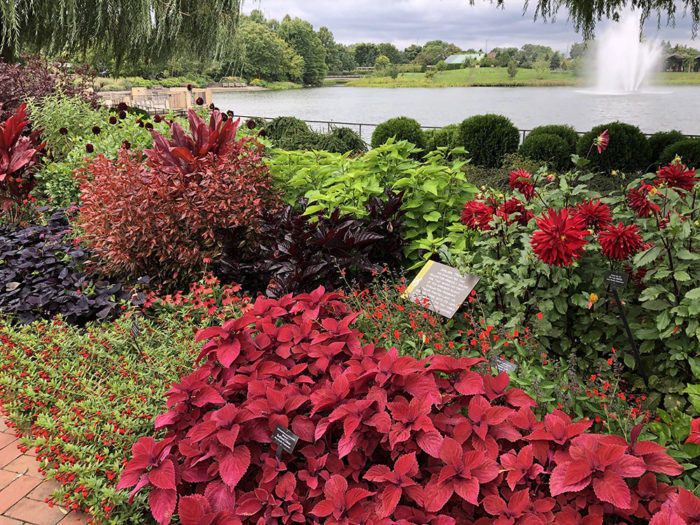
Even the most intrepid gardeners might admit a fear of the color red, especially us easy-going and mild-mannered Midwesterners. Red’s energy carries connotations of warmth, passion, and even danger. In the garden, red stops us in our tracks and evokes a reaction. Too fiery, too dramatic, too much? Just right? February is a notoriously dreary month in the Midwest, but for Valentine’s Day month I’m inviting the dynamic energy of red to add a spark to your winter daydreams and future summer color palette. Learn to love red by keeping these tips in mind.
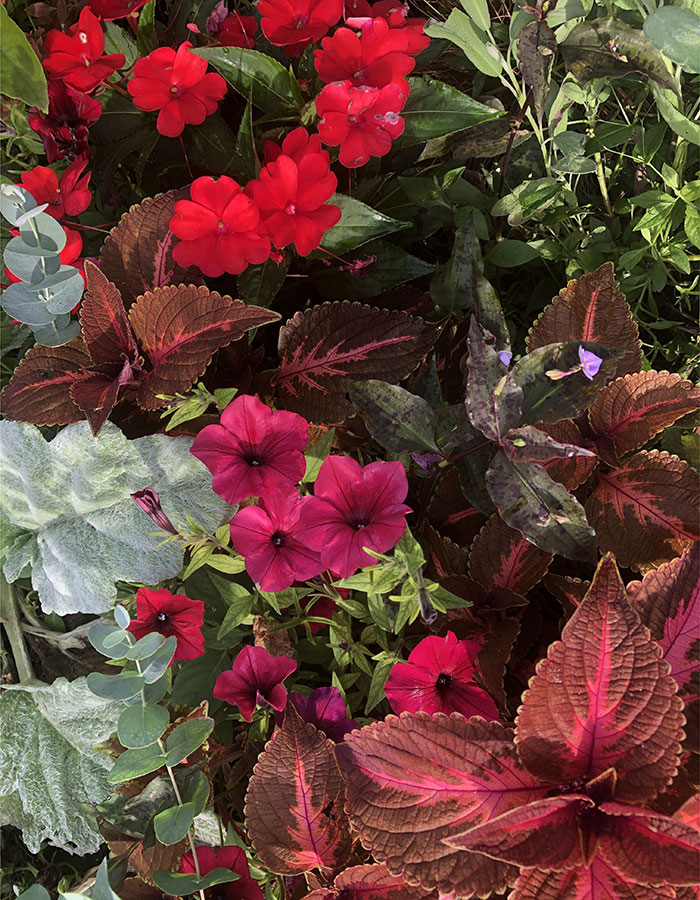
Tomato vs. berry
Botanically, tomatoes ARE berries, but for today let’s not split root hairs. When designing with red, start by looking for warm or cool undertones. Tomato reds have warm orange notes, like the glowing reds in autumnal sugar maples (Acer saccharum, Zones 3–8)—or in juicy tomatoes! Berry reds have purply undertones, like ripe cherries or raspberries. Tomato and berry reds tend to clash if they are placed anywhere near each other. In general, tomato reds blend well with other warm colors, and perhaps a pop of cool purple for contrast, while berry reds work well with shades of rose and cooler colors to add depth. Pink and red are often very tricky to combine. I find berry reds more forgiving in most Midwestern color palettes and am more careful when incorporating tomato reds. Maybe I’d feel differently in Arizona?
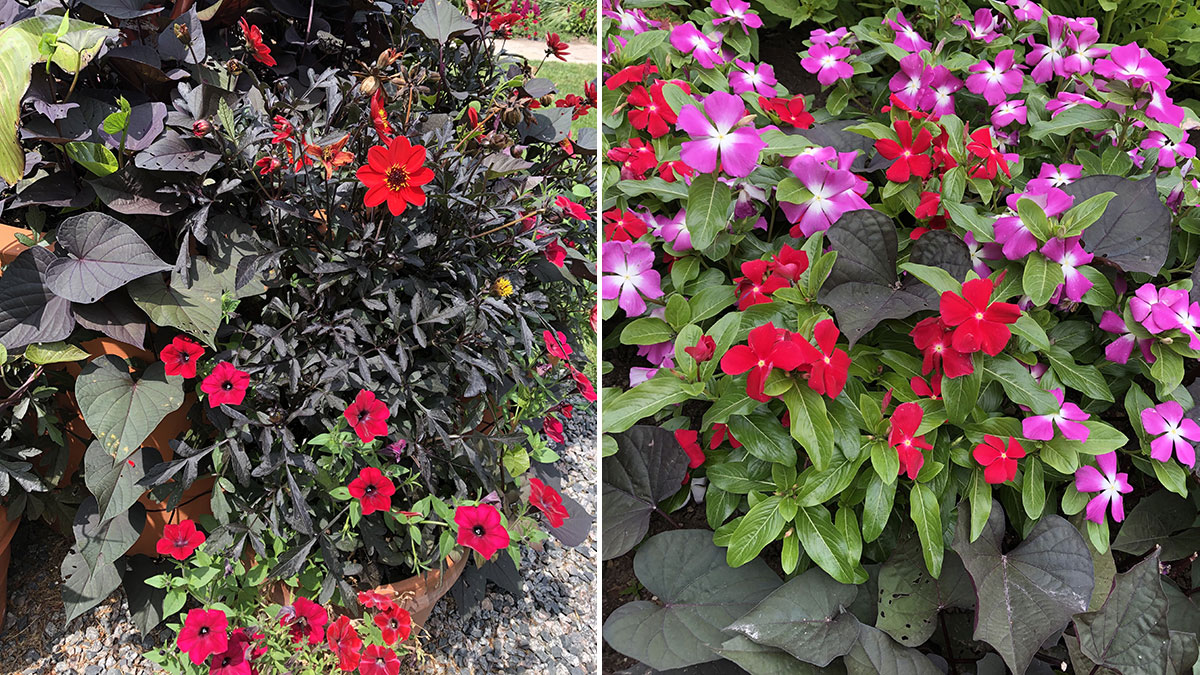
Get a second opinion
If you’re ordering plants or seeds based on photographs from a website or printed catalog, do an internet image search of the variety in question. Comparing images from multiple sources, or displayed on different screens such as your laptop versus your smartphone, gives you a more accurate idea of the true appearance of different shades of red. You’ll also see how other garden designers have creatively or poorly incorporated your plant in a larger planting. Of course, nothing beats experimenting in person when shopping at your favorite independent garden center.
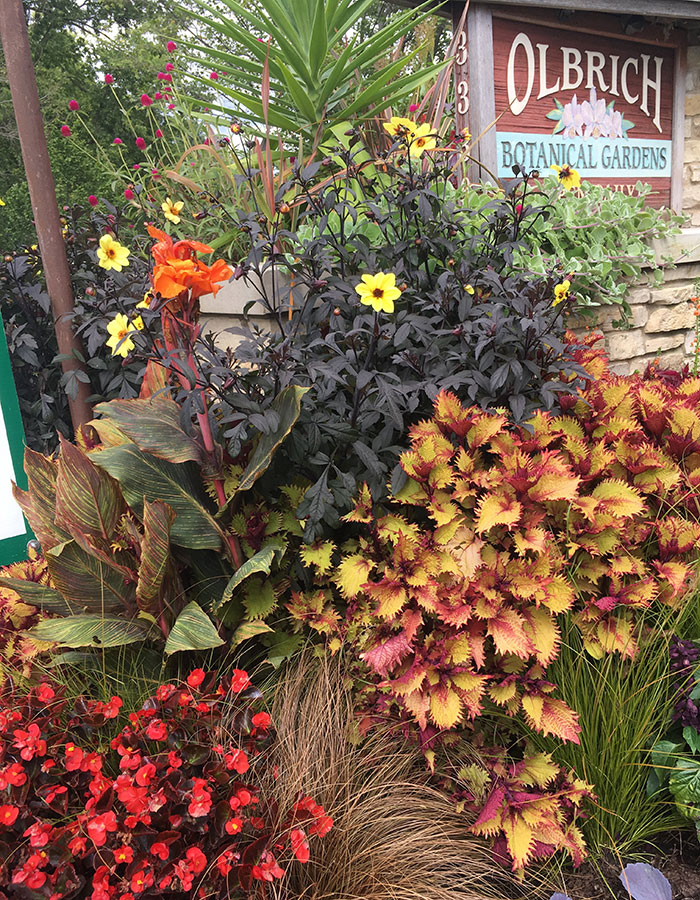
Blend with foliage
As in any good design, foliage plants knit together unlikely seeming color pairings to make different reds good neighbors in a design. The spectacular array of color combinations found in coleus (Plectranthus scutellarioides, Zones 10–11) are always good in this role. Silver- and gold-foliage plants work well with both cherry and tomato reds to add softness and a resting spot for eyes when taking in unusual color combinations. Try textural silvers such as silver dollar tree (Eucalyptus cinerea, Zones 8–10) and silver sage (Salvia argentea and cvs., Zones 5–8), or try the graceful tawny fountain of ‘Toffee Twist’ sedge (Carex ‘Toffee Twist’, Zones 7–10). Spots of dark foliage heighten drama and keep tomato reds from being too glaring.
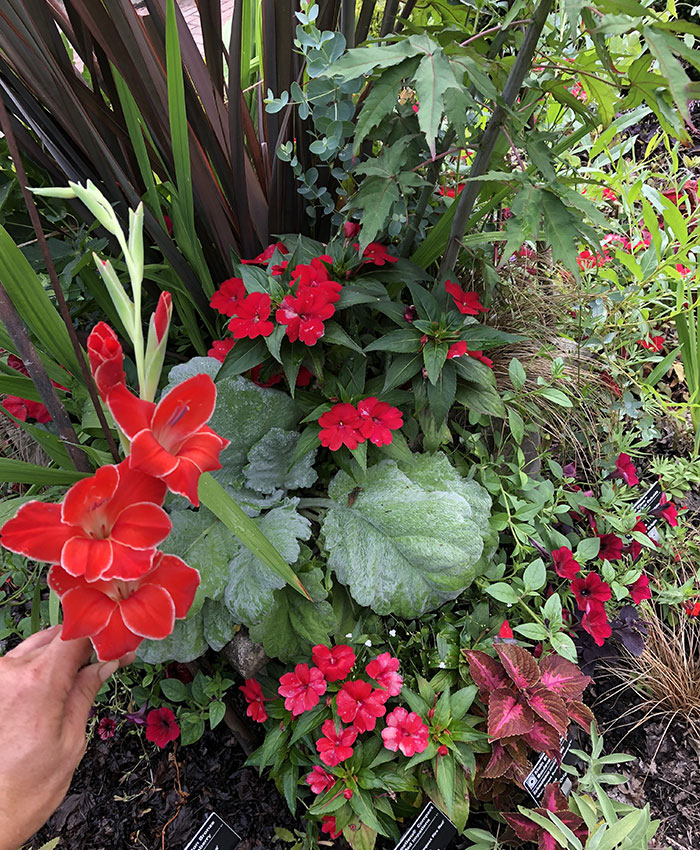
Experiment with short-season bloomers
With plants that only bloom for a few weeks, feel free to experiment. If a combination doesn’t suit you, you’ll only have to look at it for a short time! Bulbs like gladiolus (Gladiolus spp. and cvs., Zones 7–10) and lilies (Lilium spp. and cvs., Zones 3–8) fit into this category, as do red-flowered perennials. Red perennials that are hardy in the Midwest are uncommon, so a pop of red in the perennial border provides an intriguing highlight for a few weeks before fading into the background.
Spectacular Reds for the Midwest
Annuals
Perennials
Red always adds interest, in life and gardening, so don’t be afraid to embrace the passion, energy, and complexity of this color. Combinations and experiments may result in harmony or discord, but none are wrong. At the end of the day, beauty always lies in the eye of the beholder.
—Erin Presley is a horticulturist at Olbrich Botanical Gardens in Madison, Wisconsin.
Fine Gardening Recommended Products

Ho-Mi Digger - Korean Triangle Blade
Fine Gardening receives a commission for items purchased through links on this site, including Amazon Associates and other affiliate advertising programs.

The New Organic Grower, 3rd Edition: A Master's Manual of Tools and Techniques for the Home and Market Gardener, 30th Anniversary Edition
Fine Gardening receives a commission for items purchased through links on this site, including Amazon Associates and other affiliate advertising programs.
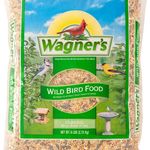
Wagner's 52003 Classic Blend Wild Bird Food, 6-Pound Bag
Fine Gardening receives a commission for items purchased through links on this site, including Amazon Associates and other affiliate advertising programs.












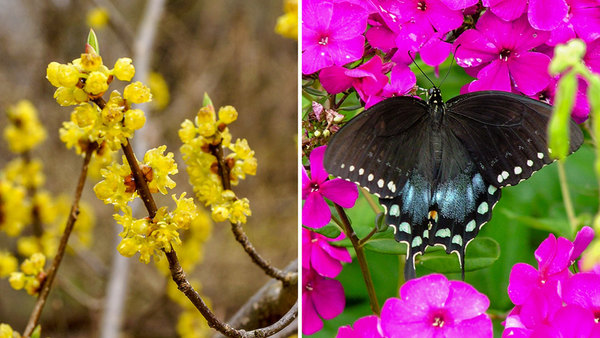













Comments
Log in or create an account to post a comment.
Sign up Log in